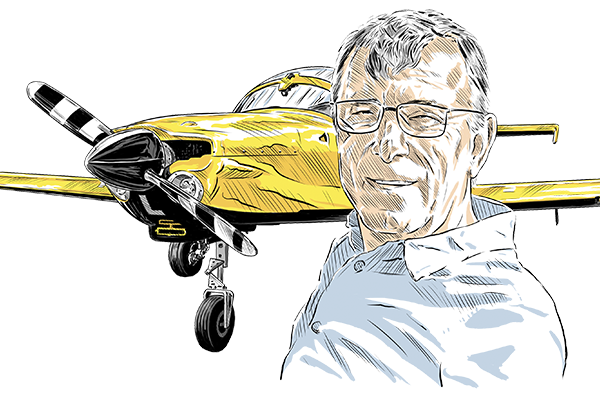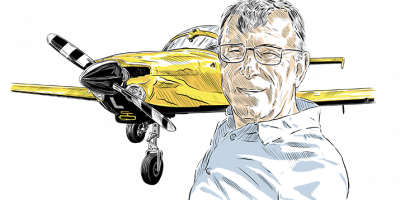Post-maintenance flight mishap
The aeroplane had an annual inspection and new wingtip fuel tanks installed about six months before the accident. The accident flight was the first flight since the maintenance. The pilot completed a normal runup inspection and the engine developed full power during take-off.
However, at an altitude of approximately 500ft above ground level (agl), as the pilot turned onto the crosswind leg of the traffic pattern, the engine began to surge and lose power. As the pilot reduced the power for landing on the downwind leg, the engine lost total power.
When the pilot realised the aeroplane would not make it to the runway, he prepared for a landing on the grass area parallel to the runway. The aeroplane touched down and the left wing impacted concrete blocks.
A post-accident examination of the engine revealed a leaking gascolator fuel inlet line caused by a loose hose clamp connection on the fuel line from the fuel selector to the gascolator.
The loose connection allowed a large amount of air to be introduced into the fuel line going to the engine and fuel pumps, which caused the engine to surge and eventually lose power.
Comment: In my aviation experience, the most unusual incidents I have suffered have occurred after aircraft have just been released from significant maintenance! I don’t think that this pilot could have possibly foreseen the issue that he was about to suffer after take-off, but he certainly did a good job in dealing with the engine failure.
Beware the setting sun
At the conclusion of a visual flight rules flight, the pilot completed a practice instrument approach to the runway. When he decoupled the autopilot at the conclusion of the approach, he looked up and was momentarily blinded by the setting sun.
When he regained sight, the aeroplane had drifted to the right of the runway centreline. The tower controller then advised him to execute a go-around, and the pilot added full power and held the nose level to gain airspeed before climbing.
The aeroplane subsequently struck a construction barricade on a closed taxiway. The pilot continued around the airport traffic pattern and made a normal landing. As a result of the impact with the barrier, the aeroplane’s right wing was substantially damaged.
The pilot reported that there were no pre-impact mechanical malfunctions or failures of the aeroplane that would have precluded normal operation.
Comment: With winter approaching, it’s worth thinking about the low sun that pilots may experience during afternoon approaches to westerly or south-westerly runways in the UK.
Propeller injury
The pilot made a fuel stop as part of a solo cross-country flight. The pilot’s mother and sister
had come out to the airport to visit. After fuelling the aeroplane, his mother and sister returned to their car. The pilot conducted his pre-flight, started the engine, and was completing the checklist when he ‘heard and felt a violent thud’.
He looked up to see his mother ‘sprinting towards the car’. The pilot shutdown the aeroplane. The pilot’s mother had returned to the aeroplane unexpectedly and was struck by the propeller resulting in a serious injury to her left arm.
Comment: As pilots we must never forget that a rotating propellor is usually lethal to anyone who accidentally walks into its arc. Our passengers will probably have no knowledge of propeller danger and may not notice a rotating propeller. Keep eyes out all the time on the ground and stop the engine if anyone approaches too close.
Brake failure
An instructor and a student pilot were engaged in a training flight when the incident occurred. The student pilot carried out a pre-flight inspection and topped up the brake fluid prior to take-off. No brake anomalies were detected during the aircraft’s taxying and power checks.
The take-off and training exercises were uneventful. On return to the aerodrome, the instructor was in control of the aircraft during landing. The touchdown was uneventful. However, during the landing roll, the aircraft’s brakes failed.
The instructor then shut down the engine to reduce forward speed, however, the aircraft overshot the runway and crashed onto a perimeter fence.
After the aircraft came to a halt, the instructor and his student disembarked without assistance. They then inspected the aircraft and observed that it sustained damage to the propeller blades.
A post-incident inspection on the brake system revealed that the brake master cylinder O-ring seals were worn out. No other damages were reported. None of the occupants sustained any injuries during the incident sequence.
Comment: A brake failure at any time is likely to be alarming, but particularly at high speed during a landing. Think of your plans should your brakes fail at different times of flight, which will be dependent on the surface that you are on. It’s a good idea to gently ‘dab’ the brakes early on a landing roll-out to make sure they are working.





